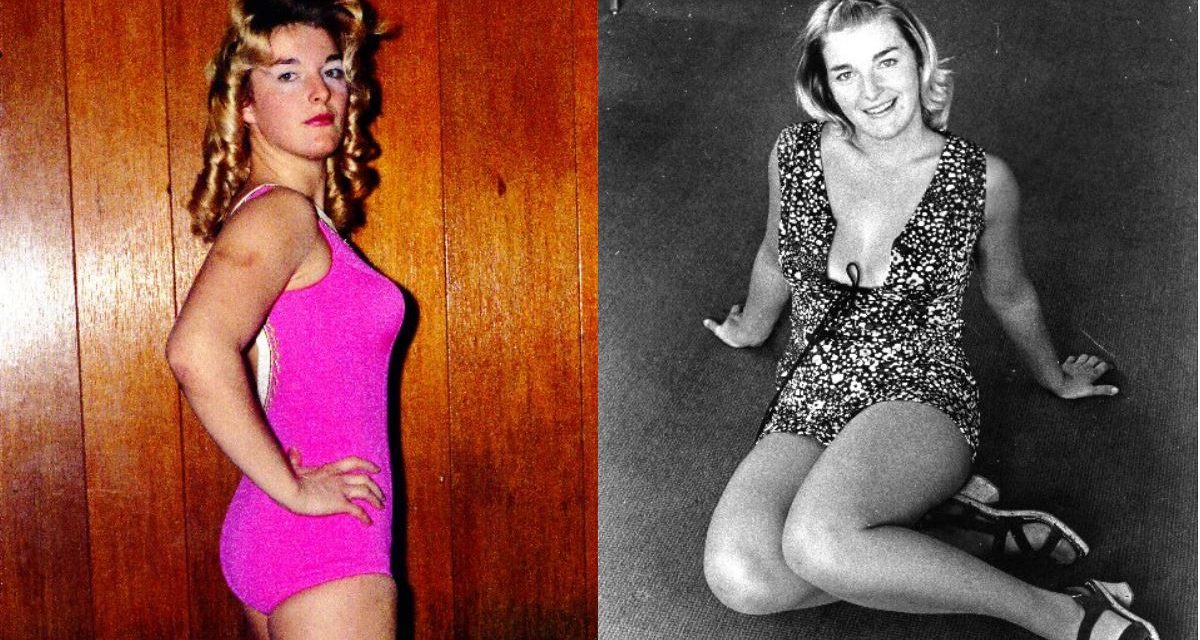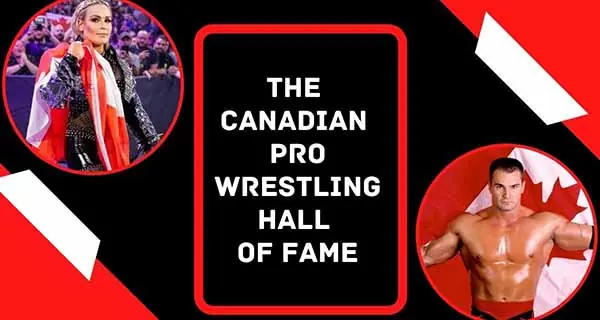In a 1973 newspaper article, Vivian Vachon, the Wrestling Queen who died in 1991, vowed that she would never settle down. Living with “her man” in Minneapolis at the time, Vachon said, “I won’t marry him though. I’ll never marry him or anybody else.”
But in fact she did marry “her man,” wrestler Buddy Wolfe, in July 1976, and three years later, in November 1979, married Gary Carnegie of the Canadian Armed Forces.

Diane Vachon
When her two ex-husbands think about Diane — her real name — both recall her magnetism and charisma.
“We definitely had a special bond,” said Wolfe (real name Les Wolff). “There was just an electricity when we touched. I think that was more her than me.”
Former AWA World champion Nick Bockwinkel once told Wolfe, “I’ve seen her on the beach in Hawaii. You know, when she walked down the beach, all the guys heads would turn, and even half the women.”
Carnegie said Diane was a “charmer” with a charismatic personality, but there was definitely a darker side.
“People gravitated to her. She was kind to everybody else, but really hard on herself,” he said. “A lot of times, her self-esteem would go down quite a bit.”
In the 1973 story in the St. Petersburg Times, writer Laura Stein summed up Vachon: “[S]he drinks her whiskey straight, and swears like a truck driver, but in a soft voice. She’s rude when she feels like being rude, but if she likes you, she’ll give you her heart.”
Diane Vachon was born in January 23, 1951 in Newport, Vermont, the 13th and final child to Ferdinand and Marguerite Vachon, and the only one of the children to be born in a hospital.
“She was baby in my family,” said Paul “The Butcher” Vachon. “She was also my godchild. In French-Canadian families, they had such big families that the older kids became godparents also of the younger kids. She’s one of thirteen. I’m the seventh in my family, and I was 13 when she was born. I was just old enough to become her godfather, and she never let me forget it.”

Mad Dog Vachon with his nephew, Ian, and niece, Julie.
Two of her brothers, Maurice and Paul, were accomplished amateur wrestlers before turning professional. Of course, the wrestling world knows them better as Mad Dog Vachon and Butcher Vachon.
Diane never found her niche in school, quitting high school after the 10th grade, and a stint at Constance Brown’s Charm School didn’t pan out. She did a bit of modelling, but wasn’t happy.
Her brother, Maurice, saw that unhappiness and suggested pro wrestling.
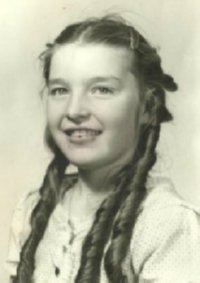
A young Diane Vachon.
“She used to work in an office, and she used to hate that,” said Mad Dog in 2002. “She tried to work manual labour, brick, shovel, and work like a man. She was strong like a man anyway. As I said, ‘Why don’t you become a wrestler? Would you like to become a wrestler?’ She said, ‘Yes, I would.’ That surprised me right off the bat. I picked up the phone and called Moolah.”
In South Carolina, Diane learned the ropes from Lillian Ellison, a.k.a. The Fabulous Moolah. Mad Dog suggested the name Vivian. Her godfather/brother, Paul, wasn’t too far away, wrestling in Atlanta.
“My education really began once I left school,” Diane told Stein. “I have learned more about life since I got into the real world than I ever did at school.”
Like all the wrestlers booked by Moolah, Diane wrestled across North America and in Japan. Very strong for a 5-foot-4, 160-pound woman, she made a name for herself, working as a babyface or a heel depending on the crowd.
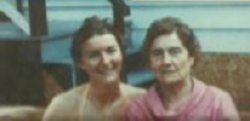
Diane with her mother Marguerite.
“She wanted to wrestle so she could travel. She had been raised on a farm, the same farm I was raised on, and she wanted to get away from home, travel and see the world,” said Butcher. “I remember telling her this. I said, ‘People love to see women wrestling, but there’s some of the wrestlers now, they look like men. So it defeats the purpose. Always be feminine.’ So she reminded me, year after year, ‘You always told me that and I always dressed nice and smiled.'”
“As far as I’m concerned, she was the best because she had a beautiful build, and she was a good-looking woman,” said Mad Dog. “She had everything. She was tall, and she was perfectly proportioned.”
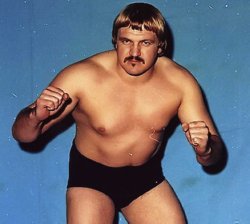
Buddy Wolfe. Photo courtesy the George Schire Collection
Buddy Wolfe met Diane in South Carolina at an outdoor show at a high school football stadium. He was standing in the end zone and “She came strutting out of the dressing room headed for the ring. I saw those muscles in her legs and I said, ‘Hey.’ That was the first attraction.”
Wolfe is still in awe of her power.
“Vivian had super strength, for any individual her size. She used to be able to pick up Paul and slam him. He was about 300 pounds then,” he said. “She was nobody to mess with. She was a good one to have on your side when you were out. If somebody smarted off, she had a short fuse, and it happened more than once. A guy would make a comment about wrestling. I take a little time to boil, but she’d just ‘BOOM!’ and the guy hits the concrete. She didn’t think twice about it.”
Carnegie concurred: “She was physically strong. She had no problem lifting me up on her shoulder.”
As well, many have marvelled at her singing voice, and Diane did record some songs in French for the Quebec market.
“She sang all the time. Beautiful voice,” said Carnegie.
“She was an electrifying personality. She had a voice that was fabulous,” said Wolfe.
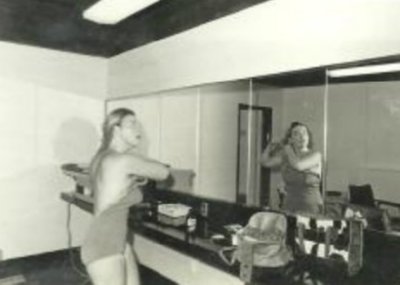
While they hit it off immediately, Buddy and Diane didn’t become a couple for a few years. They were married July 1976 in a small church, with a short ceremony.
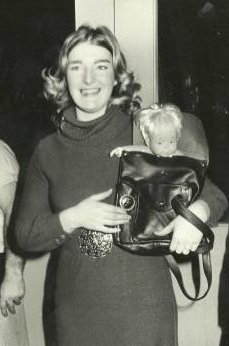
For the most part, Diane was done wrestling, said Wolfe, though she did a tour of Japan in the early 1980s and worked Mad Dog’s retirement tour of Quebec in 1986. “She was just getting into the height of her career when she gave it up. She was a natural,” he said. “When she was ready to quit, she was ready to quit. She just wanted to be a wife and mother. Actually, the fact that we didn’t click as a mother and father situation is pretty much what separated us.”
Wolfe, who had two daughters from a previous marriage, was tested and his sperm was weak from all the bumps and bruises.
“I didn’t know how strong the maternal instinct was for her,” Wolfe confessed. “There were many nights that, she never nagged me about it, but there were many nights that she would cry for extended periods of time, knowing that she was going to have to leave me.”
Wolfe and Vachon divorced in 1979.
Shortly thereafter, she met Gary Carnegie, who was almost a decade younger than her. Carnegie’s mother was dating (and would later marry) Marcel Vachon, the oldest brother, and Gary and Diane met through them.
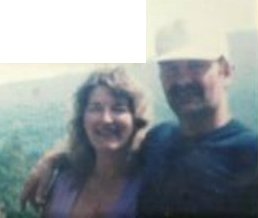
Gary and Vivian.
When Gary and Diane married in November 1979, she was already pregnant with their son, Ian.
As a member of the Canadian Armed Forces, Carnegie was assigned to Germany, and naturally the family came with him. In all, Carnegie would serve his country for 20 years, employed as a combat engineer, transporting field artillery and air defence artillery, and finally working in logistics supply tech.
“She didn’t like being posted over in Europe,” admitted Carnegie. “Actually, for a few years there, she was into the domestic mould, four years into the marriage. She was really fitting in, she had friends, setting into the normal military life.”
The fact that Diane had actually been born in the United States complicated matters, as the couple couldn’t get riders for the children on their Canadian passports. So each of their kids, Ian and Julie, had to get individual passports.
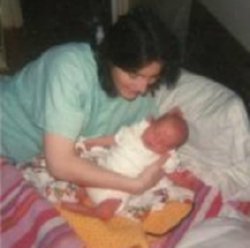
Also complicated for a military man was the due diligence conducted on the background of his wife and her family. Hearkening back to the Cold War years, when Leftists were considered to be enemies of the state, and even NDP members were investigated by the RCMP, Carnegie bitterly reveals, “Her brothers, who were in the friggin’ Communist party, I lost my third stripe because of that,” he swore. “Being married to an icon, when they actually do friggin’ look under a microscope, they find things … and it affects people around them. I got affected big-time career-wise.”
During the conversation, in July 2006, Carnegie struggled to describe his union with Diane.
“She was very impulsive. It was a weird marriage. Even I knew it wasn’t traditional,” he shared. “She was high maintenance, I’m sorry to say, just high maintenance. I had the stress of a job and I had to come home and straighten everything out. My son was hard to handle.”
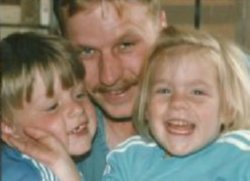
Gary Carnegie and his children, Ian and Julie.
Carnegie remembered once in Germany, when he had gotten up particularly early for work, and Diane got up to make him coffee. He was shaving and not really paying attention to what she was saying. “I reached with my foot, and I shut the door. With her two hands, she pushed the door and broke the frame. Then I went into a combat stance. ‘I don’t want to have to hit you, but I’ll be forced to defend myself.’ Then she broke out laughing,” he recalled, laughing at the memory.
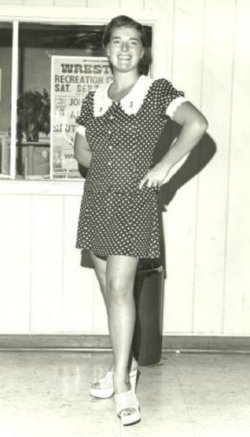
There was a darkness to her, said Carnegie, declining to talk in-depth about some of the sexual abuse that Diane said she experienced earlier in her life.
“Diane could have points of kindness, where she’s gentle and stuff like that, but I just think she was a tortured soul most of the time,” he said. “I tried to understand it. I tried to hold her hand. Diane would never be really happy. She was always searching.”
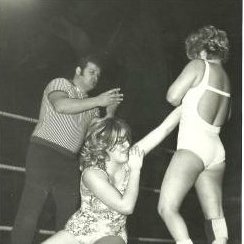
Both Wolfe and Carnegie had their impressions of the large Vachon family.
“I did get along with them really well,” said Wolfe, who kept in contact with some of the family. “I know all the kids in the family had fantastic respect for the Mad Dog and also for their father. They had nothing but good things to say about him. Some of her brothers would talk about him, and say, if only I could be half the man he was.”
“The family is complex. I found that it had a pecking order,” began Carnegie, who knew the Vachons both through his wife and his mother. Because Diane was so family-oriented, in “a very dominating family,” he felt like he had to prove himself continually.
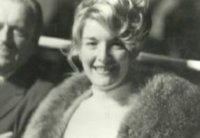
And Wolfe and Carnegie both said that they had made their peace with Diane shortly before her death on August 24, 1991, in a car accident near St. Jean, Quebec. A drunk driver ran a stop sign and killed both Diane, age 40, and Julie Lynn Carnegie, who was only nine years old.
“The accident occurred in Mont-Saint-Grégoire. Vivian was about to turn on road 104 on her way to Masonville when she got hit by a drunk driver. He was going twice the speed limit,” remembered journalist Ghislain Plourde who was at the scene.
It was an amicable divorce, said Carnegie. “Never did we ever fight after we got separated. We were pretty good. I had custody of our boy, and she had custody of Julie. But we made sure that the kids got together as much as possible. We tried to put the kids first.”
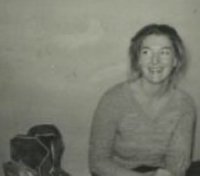
Wolfe and Vachon stayed in touch initially after their marriage dissolved, but then didn’t talk for a dozen years. Out of the blue, as her marriage to Carnegie was ended, Wolfe said she called him. They talked here and there, and tried to make plans to see each other, so Wolfe could meet her kids.
“One afternoon, Vivian and her daughter Julie pulled into the driveway,” he recalled, voice fading at the memory. On another occasion, when he was working for the WWWF, Wolfe was in the Philadelphia airport and “this hand grabs the cheek of my ass. It was her.”
Carnegie last saw Diane and Julie on the family farm in Quebec about a week before they died. “We resolved a lot of things,” he said.
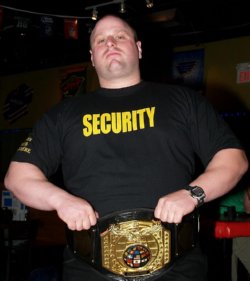
Ian Carnegie, the son of Gary Carnegie and Diane Vachon, is now a competitive arm wrestler.
Wolfe, Carnegie, the Vachon family, and her friends said goodbye to Diane and Julie at a church in Glen Sutton, Quebec, and they were buried in Mansonville. Marguerite Vachon, the family matriarch, died just a couple of months later.
Infanteer, Master Corporal Ian Carnegie followed his father into the military, and did a tour of Afghanistan. He has three children of his own now.
“He’s the forgotten one. He never got mentioned once,” said Gary Carnegie of the news reports of Diane’s death.
Father and son were based in Gagetown, New Brunswick, when the accident happened. Ian Carnegie can recall the funeral.
“There were a lot of famous people. I didn’t really know who they were,” said Ian Carnegie. “I remember when they laid her to rest and I put the rose on her casket. I saw my Dad in his tan uniform, quivering and trying to hold back his cries.”
Taking a break from his military career, Ian is intent on becoming a championship-calibre arm wrestler, and restoring his own family, which, like his parents, faced issues because of the military lifestyle.
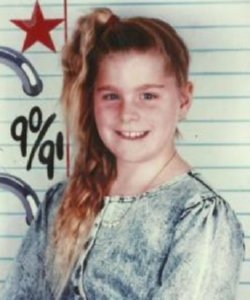
Julie Carnegie.
“I do feel like whenever I’m attacking issues in my life, if I’m feeling sorry for myself or whatever, I remember my mother,” said Ian. “That was a big thing for her, fighting through adversity. She had quite a hard life. It’s not all glamour.”
In some ways, his memories of his sister, Julie, are actually clearer.
“I remember that she was smarter than me, and it pissed me off, because I was two years older,” he said. “Everybody loved her. You know when you talk about ‘My little angel?’ That’s the kind of daughter she was. She was attached to my Mom. They were inseparable, impossible to separate my mother and Julie, right to the end.”
“It’s too bad that Diane didn’t see [her grandsons], and Julie,” lamented Carnegie. “It was a happy part of my life, and it was a very sad part of my life.”
— with files from Patric Laprade
— photos courtesy Ian Carnegie, unless otherwise noted
The genesis of this story started with Buddy Wolfe telling me some stories years ago, which led to a hunt for Gary Carnegie. Finding Ian Carnegie resulted in all these great personal photos. Thanks to all for sharing such personal memories.
RELATED LINK
